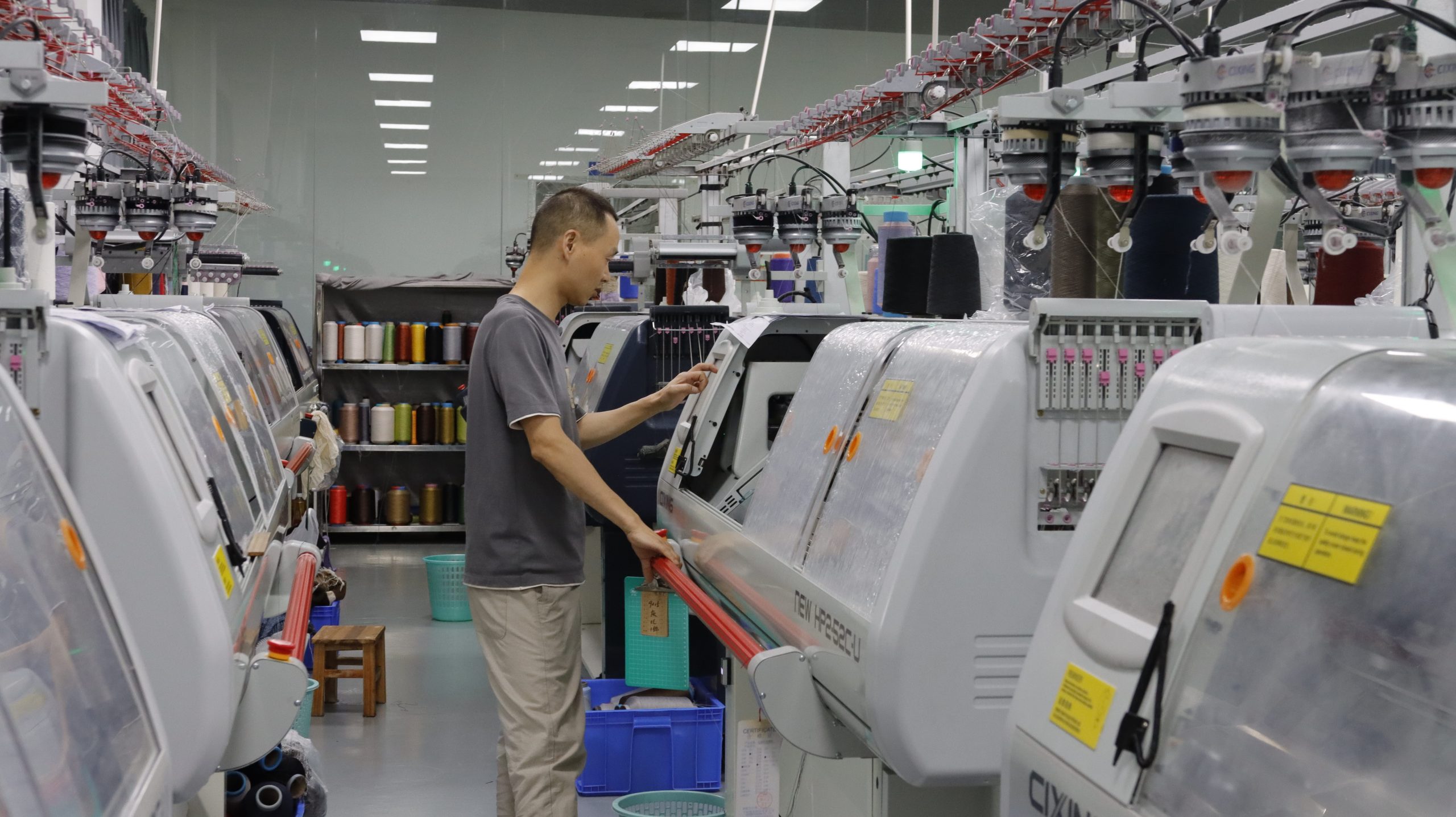Why is the use of sustainable yarn so important
Sourcing sustainable yarn is vital for environmental and social responsibility as it positively impacts on multiple fronts and helps shape a more sustainable fashion industry.
The production process of continuous yarn is generally more environmentally friendly. These yarns are often manufactured using renewable resources, such as organic cotton or recycled polyester, reducing the pressure on natural resources.
In addition, producing sustainable yarn typically has lower energy and water consumption, as well as reduced waste and emissions, contributing to a lower carbon footprint and mitigating climate change.
Sustainable yarn is also encouraging fashion brands and designers to pay more attention to sustainable fashion. This is helping to drive the entire industry in a more sustainable direction, spurring innovation and raising environmental standards while meeting the needs of consumers who are increasingly environmentally conscious and socially responsible.
The use of sustainable yarn is a key step for the fashion industry to become more sustainable, environmentally friendly and socially responsible. It helps to reduce environmental impact and improve labor conditions while creating more opportunities for the development of sustainable fashion. This choice not only helps protect the planet, but also helps build a more just and ethical fashion industry.
Impact of sustainable yarn
Sustainable yarns are usually produced using environmentally friendly methods that reduce the consumption of natural resources and the adverse impact on the environment. This includes reducing water use, using organic farming methods to grow raw materials, and reducing chemical treatment and waste emissions. Through these measures, sustainable yarns help reduce pollution of the atmosphere, water and soil and protect the integrity of the ecosystem.
Sustainable yarns are usually produced using environmentally friendly methods that reduce the consumption of natural resources and the adverse impact on the environment. This includes reducing water use, using organic farming methods to grow raw materials, and reducing chemical treatment and waste emissions. Through these measures, sustainable yarns help reduce pollution of the atmosphere, water and soil and protect the integrity of the ecosystem.
Manufacturers of sustainable yarns are often more socially responsible. They may provide fair wages, improve working conditions, support community projects, and ensure that workers in supply chains are treated fairly. This helps to improve the quality of life of producers and workers and reduce social inequalities.
More and more consumers are concerned about sustainability and environmental protection. As a result, sustainable yarns have a competitive advantage in the market, attracting conscious consumers. Manufacturers and brands recognize this trend and are actively adopting sustainable yarns to meet market demand.
Future trends of sustainable yarns in the fashion and textile industry
The demand for sustainable yarns will continue to grow. Consumers are increasingly concerned about the environmental and social responsibility of their products, which will drive fashion brands and textile companies to seek more environmentally friendly yarn options. As a result, the market share of sustainable yarns will continue to expand.
Innovation will be at the heart of sustainable yarn sourcing. Yarn manufacturers will continue to seek new, more sustainable production methods, including recycling fiber and reducing water use. This will help reduce the adverse environmental impact of production and improve sustainability.
Transparency will become the industry standard. Consumers will demand more information, including the origin of the yarn, the production process, and the sustainability of the supply chain. As a result, brands and manufacturers will increase transparency to build trust and meet consumer expectations.
Sustainable yarns will encourage industry collaboration. Fashion brands, manufacturers and yarn suppliers will work together more to address sustainability challenges, thereby driving the entire industry towards a more sustainable future.

 English
English Deutsch
Deutsch Français
Français Italiano
Italiano Español
Español Русский
Русский Polski
Polski Nederlands
Nederlands Svenska
Svenska

